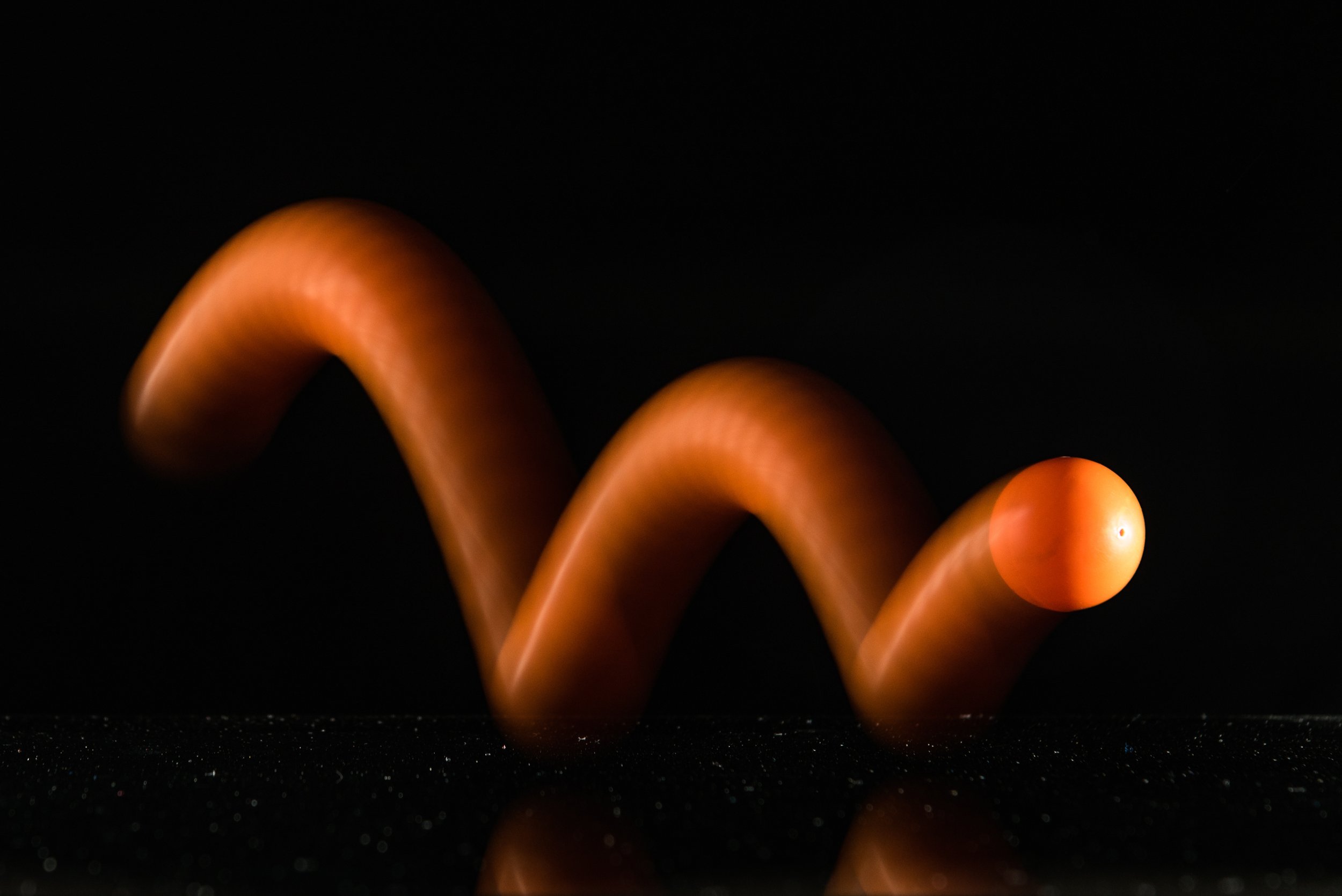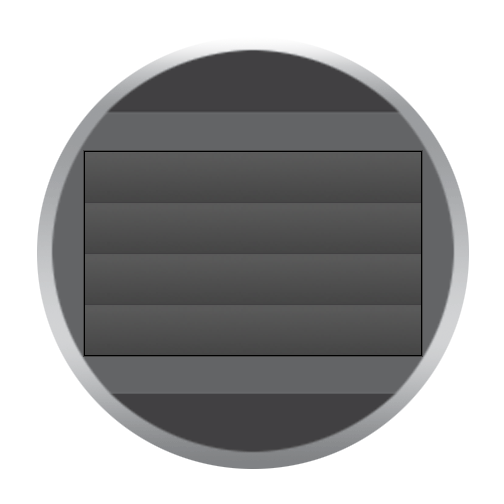Slow Shutter Flash and Second Curtain Sync
/Hello folks. My podcast co-host Gordon asked me to do a tutorial for our camera club on the subject of using flash with longer shutter speeds and to also cover second curtain sync.
As the session went well, I though that I would adapt it to an article for the site.
What is Flash Sync?
We understand that our cameras have mechanical shutters. Some have electronic shutters as well, but we are going to talk specifically about mechanicals which pertain to longer shutter speeds. We will not cover in lens shutters also known as leaf shutters.
Our mechanical shutters, commonly called Focal Plane shutters consist of two primary parts both called curtains. The curtains are named first curtain, or front curtain and second curtain or rear curtain. It is easiest to think of curtains as light blockers that move across the sensor gate.
The time difference between the first curtain opening exposure to second curtain closing exposure is what we call the shutter speed.
Image source Michael John Ramiro
This gif image gives you a visual example of what is happening. The slit that exposes the sensor is the first curtain opening with the second curtain closing.
Flash sync is the fastest shutter speed that a camera can use where the sensor is fully exposed to light, meaning that the front curtain has opened completely and the second curtain has not yet closed.
When shutter curtains traversed horizontally this was typically about 1/60th of a second. When vertical traverse shutters were first delivered, the shorter distance saw a higher flash sync speed. I have an old Minolta XD11 with a vertical traverse shutter that has a sync speed of 1/100th of a second. Today’s cameras tend to have a flash sync speed of 1/250th of a second, but check your manual to be sure.
What Happens If I Use a Higher Shutter Speed with Flash
What happens is that part of the sensor will be covered when the flash goes off and you will get incomplete illumination. There are technologies called High Speed Sync available on some cameras that can get around this, but there is a significant price to pay in terms of flash range.
What Happens If I Use a Lower Shutter Speed with Flash
Everything works as if you were using the flash synchronization shutter speed. The shutter is fully open when the flash fires and so the entire sensor sees the flash illumination. This allows for creative effect to combine flash with ambient light and if the shutter speed is slow enough to achieve both motion blur and motion freeze.
How Long is the Flash Firing? Is it the same as the shutter speed?
There really is no direct relationship between flash duration and shutter speed. We know how we measure shutter speeds, but most do not understand flash duration. The duration of the flash is a much shorter time that the flash sync shutter speed. In an example with a common speed light firing at maximum output, the flash duration is going to be somewhere around 1/1900th of a second. This means that while the shutter is open for 1/250th of a second, the flash duration is a small part of the shutter open time.
How Do I Control Flash Duration?
Most all flashes and strobes these days have what they refer to as power control. This is a convenient way of describing duration. At maximum output, a common speedlight duration might be 1900th of a second at a fixed level of brightness. If I turn down the “power”, I actually only reduce the duration of the flash. The output per time unit never changes on the flash, what changes is the duration of the flash itself. It’s sort of linear (but not exactly) so in our example ¼ power may have a flash duration of 1/7600th of a second more or less. The flash we see is the electrical charging of Xenon gas in a vacuum. To reduce the duration, the flash makers reduces the duration of time that voltage is applied to the flash tube. In very high studio strobes, flash duration can go down as low as 1/80000th of a second. That is super short, but we don’t get as much light on the subject because the flash duration is so short.
With a Slow Shutter Speed, When Does the Flash Fire
As we have two curtains, this is a great question. The default for all makers is that the flash is triggered once the first curtain is open completely. In a normal flash exposure this has no impact, but in a long exposure it means that the flash fires as soon as the first curtain opens and then the camera waits for shutter speed duration prior to closing the second curtain.
This is not really an issue unless you are looking to combine ambient and flash with something moving. In the default scenario, the flash fires on open, giving exposure to the subject according to settings. Then the shutter remains open to the ambient light and any motion of the subject will show up as motion blur after the flash. This can work. But..
Perhaps you want the motion blur before the flash fires to capture the end state of the subject. An example could be a dancer going into a leap. You want the blur of the leap followed by the freeze while the dancer is still in the air. Or you want to get an image of a car going by at dusk so the car blurs, with trails from the lights appearing to come out behind the car, then have the flash go off to freeze the car at the front of the motion.
To accomplish this, your camera needs to support what is called second curtain or rear curtain sync. In this scenario, the flash fires only when the second curtain starts to close. So if we were making a two second exposure, the shutter would open for two seconds and the flash would fire just as the second curtain starts to move.
Many professionals, myself included believe that second curtain sync should be the default on every camera always, but it isn’t. If your camera does not support second curtain or rear curtain sync, there is no simple way to make it happened.
Stupid Maker Tricks
Some makers, such as Canon, require a smart flash to be in the hotshoe and turned on to even be able to set second curtain sync. To me, this is beyond stupid because I do not want a flash on the camera at all. Testing reveals that the camera wants a flash, so not even Canon’s ST-E3-RT radio transmitter in the hot shoe allows for rear curtain sync. As I said, stupid.
However here is a quick and dirty work around. Put any Canon speaking flash in the hotshoe. Put the flash in manual mode and set it to its lowest output. Now set the camera to second curtain sync (providing it offers this option). Take your actual flash units and place them where you want them to be with the settings that you want. The flashes will have to be in manual mode, but this is not a showstopper. Now set those flashes to SLAVE mode. This means that they will fire when they see the small pop of light from the on camera flash. They will overpower the small on camera flash set to lowest power and you get what you want. Do bear in mind however that if your other flashes are Canon brand, they have NO slave mode, which is also really stupid. Fortunately you can buy four Godox TT series flashes for Canon for less than the price of one Canon 600 EX-RT II, so do that instead.
There are other makers beside Canon who design things to prevent mistakes by people who cannot read a manual. You will have to check your camera of course. One example will be a setting that as soon as the camera detects a smart flash in the shoe, or maybe even a smart controller it forces the shutter speed to whatever the camera flash sync speed is. While this might help those not paying attention, it’s a pain in the ass for serious photographers. Do not use this setting. Some cameras have a specific setting to allow the shutter speed to be slower than the flash sync shutter speed. It’s there to protect the foolish, but it’s not helping you. Olympus as example has these settings along with a third one that allows slow shutter speeds and rear curtain sync. That’s the only setting you want and if there was a way to tape it in place permanently, you would.
In Conclusion
Slow shutter speeds with second curtain flash sync is an incredible tool that allows for a lot of creative enterprise. I would personally NEVER buy a camera that could not do second curtain sync again, although I have made that mistake in the past. If your current camera does not support second curtain sync at all, make sure that your next one does. Remember that the makers cater to the lowest common denominator, not the photographer trying to do it right in camera so be ready.
Do you have an idea for an article, tutorial, video or podcast? Do you have an imaging question unrelated to this article? Send me an email directly at ross@thephotovideoguy.ca or post in the comments. When you email your questions on any imaging topic, I will try to respond within a day.
If you shop with B&H Photo Video, please consider doing so through the link on thephotovideoguy.ca as this helps support my efforts and has no negative impact whatsoever on your shopping experience.
If you find the podcast, videos or articles of value, consider clicking the Donation tab in the sidebar of the website and buy me a coffee. Your donation goes to help me keep things going.
Click this link to submit your questions
I'm Ross Chevalier, thanks for reading, watching and listening and until next time, peace.










